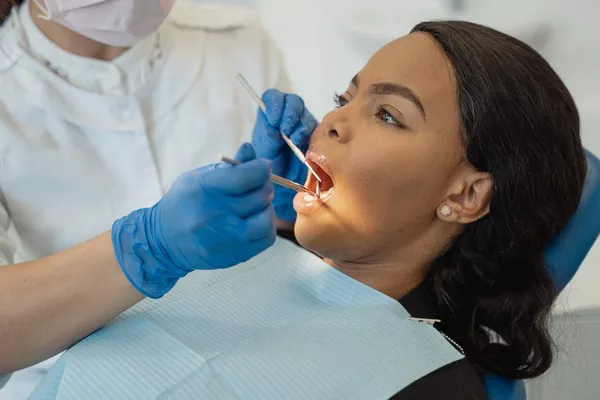Cavities, or dental caries, are a common dental problem that requires prompt treatment to prevent further damage and maintain oral health. One important consideration for many individuals is the cost of filling a cavity with dental insurance coverage. In this comprehensive guide, we will delve into the factors influencing the cost of filling a cavity, how dental insurance coverage works for this procedure, potential out-of-pocket expenses, and tips for managing dental costs.
Understanding Dental Fillings
Dental fillings are restorative procedures used to repair teeth affected by decay. During a filling, the dentist removes the decayed portion of the tooth and fills the resulting space with a material such as amalgam, composite resin, or ceramic. These materials restore the tooth’s function and prevent further decay or damage.
Factors Influencing the Cost of Filling a Cavity
Several factors can influence the cost of filling a cavity, even with dental insurance coverage:
Geographic Location:
The cost of dental procedures can vary based on the region or city where the treatment is performed. Areas with higher living costs typically have higher dental fees.
Type of Filling Material:
The type of filling material used can impact the cost. Amalgam fillings tend to be less expensive compared to tooth-colored composite resin or ceramic fillings due to factors like material cost, complexity of the procedure, and aesthetics.
Size and Complexity of the Cavity:
Larger or more complex cavities may require additional time, materials, and expertise, potentially increasing the overall cost of the filling procedure.
Dental Practitioner’s Expertise:
Dentists with advanced training, experience, or specialized expertise may charge higher fees for their services. However, their expertise can also contribute to more successful outcomes.
Understanding Dental Insurance Coverage
Dental insurance coverage plays a significant role in managing the cost of filling a cavity. It is important to understand how dental insurance works and what it typically covers:
Coverage Percentage:
Dental insurance plans usually provide coverage for dental procedures, including fillings, based on a specified percentage. Common coverage percentages range from 70% to 80%, meaning the insurance company pays that portion of the covered expenses, while the individual is responsible for the remaining percentage.
Fee Schedule:
Dental insurance plans often have a predetermined fee schedule or maximum allowable charge for each procedure. If the dentist’s fee exceeds the allowable charge, the individual is responsible for paying the difference out-of-pocket.
Annual Maximum Benefit:
Dental insurance plans typically have an annual maximum benefit, which is the maximum amount the insurance company will pay for covered procedures within a year. Any costs exceeding this limit are the individual’s responsibility.
Pre-Authorization and Limitations:
Some dental insurance plans may require pre-authorization for certain procedures, including cavities. Additionally, limitations such as waiting periods or frequency restrictions may apply to ensure appropriate utilization of benefits.
Out-of-Pocket Expenses and Cost Management Tips
While dental insurance coverage can help offset the cost of filling a cavity, individuals may still encounter out-of-pocket expenses. Here are some factors to consider and tips for managing dental costs:
Deductibles:
Dental insurance plans often have an annual deductible— the amount an individual must pay before the insurance coverage kicks in. Familiarize yourself with your plan’s deductible and budget for this expense accordingly.
Co-Payments:
Co-payments are the portion of the dental treatment costs that individuals are responsible for paying. Be aware of the co-payment percentage specified by your dental insurance plan.
Check In-Network Dentists:
Many dental insurance plans have a network of preferred providers. Visiting in-network dentists can lead to cost savings, as they have agreed-upon fees with the insurance company.
Non-Covered Services:
Understand that certain procedures, such as cosmetic treatments or upgraded filling materials, may not be covered by dental insurance plans. In such cases, you will be responsible for the full cost of the service.
Pre-Authorization and Treatment Plans:
If your dental insurance plan requires pre-authorization, ensure that the procedure is approved before scheduling the cavity filling. Additionally, ask your dentist to provide a detailed treatment plan outlining the estimated costs and any potential out-of-pocket expenses.
Flexible Spending Accounts (FSAs) or Health Savings Accounts (HSAs):
If available, consider utilizing FSAs or HSAs to set aside pre-tax funds specifically for dental expenses. These accounts can help reduce the financial burden of filling a cavity and other dental treatments.
Payment Plans and Financing Options:
Some dental practices offer payment plans or financing options to make dental care more affordable. Inquire with your dentist’s office about potential arrangements that suit your financial situation.
Related Topics:


























